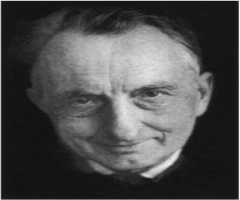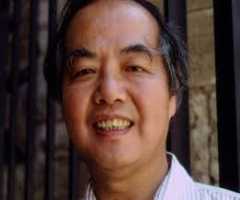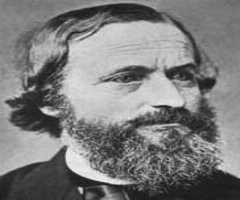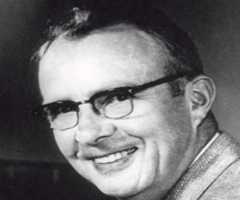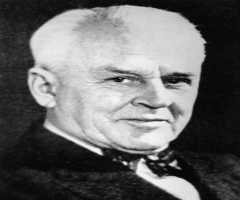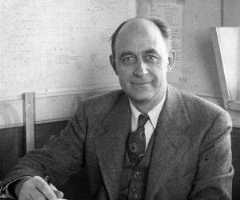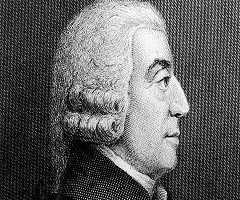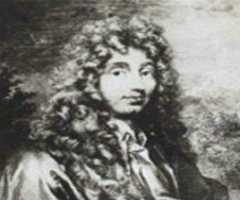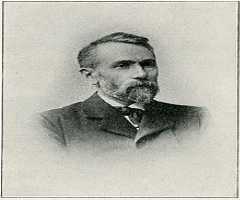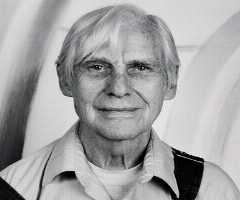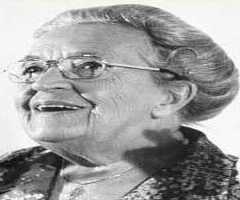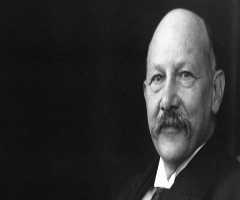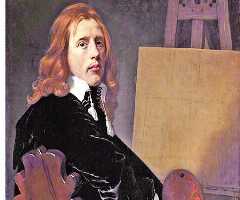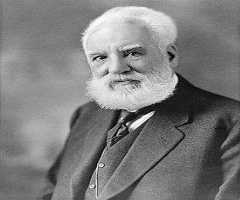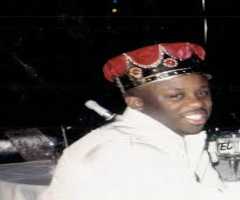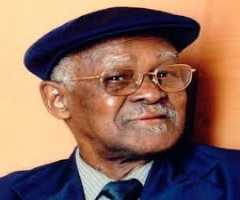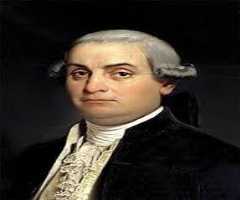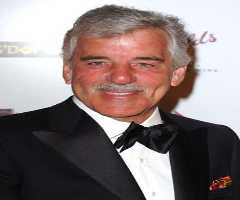Nicolaas Bloembergen Biography, Life, Interesting Facts
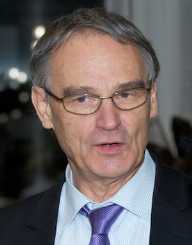
Birthday :
Died On :
Birth Place :
Dordrecht, South Holland, Netherlands
Zodiac Sign :
The Laser Luminary: Nicolaas Bloembergen
CHILDHOOD AND EARLY LIFE
Nicolaas Bloembergen is a Nobel Laureate Physicist. He was born on March 11, 1920, in Dordrecht, Netherlands. His father Auke Bloembergen, a chemical engineer by profession, was an executive in a chemical fertilizer company. His mother Sophia Maria Quint though highly educated chose to be a homemaker focusing all her attention on raising the family. Bloembergen had five siblings. As a twelve-year-old kid, he joined the municipal gymnasium in Utrecht. He became drawn towards science, particularly physics, during his teenage days.
EDUCATION AND CAREER
In 1938, Nicolaas Bloembergen enrolled himself at the University of Utrecht to study Physics. His University days were marred by the political turmoil engulfing the European Countries due to the chaos created by the rampaging effects of the World War II. Germany invaded the Netherlands in 1940. In 1941, his guide, motivator and beloved teacher Professor L.S. Ornstein was ousted from the University. Bloembergen somehow managed to carry on with his studies and secured his Masters from the University before the Germans finally closed down the University entirely in 1943.
The next two years were very tough in his life. Nicolaas Bloembergen went into hiding to avoid and survive the atrocities of the Nazi Germans. At times, he had to starve as there was very little to eat. His passion for knowledge was still flickering brightly, and he continued his reading habit sitting under a storm lamp during those difficult days.
After the end of the World War II, Europe was utterly devastated. Nicolaas Bloembergen left the war-ravaged Netherlands and went to the United States for further studies in 1945. He pursued his graduate studies at the Harvard University under Professor Edward Mills Purcell. A few weeks before his joining the Harvard, Purcell and some students under him discovered Nuclear Magnetic Resonance. Bloembergen was roped into Purcell’s team to develop the first NMR Machine. At Harvard, he did get the opportunity of listening to the lectures delivered by stalwart academicians like Van Vleck, Schwinger, and Kemble.
In 1947, Bloembergen returned to the Netherlands and submitted his thesis ‘Nuclear Magnetic Relaxation’ at the University of Leiden. He had previously completed all his preliminary examinations in the Netherlands and thus, University of Leiden authorities had no difficulty in offering him a postdoctoral appointment there. In 1948, he received his Ph. D from the University and was also appointed as a postdoc there for about a year.
Nicolaas Bloembergen came back to Harvard in 1949. The Society of Fellows offered him a fellowship (Junior Fellow) at the Harvard followed by the post of Associate Professor in 1951. In 1957, he became Gordon McKay Professor of Applied Physics. Again in 1974, he was appointed as the Rumford Professor of Physics. In 1980, he was designated as Gerhard Gade University Professor. He finally retired from the Harvard University in 1990. He performed the role of a visiting scientist in the College of Optical Sciences of the University of Arizona during 1996-97. He became a regular professor at the University of Arizona from 2001.
Bloembergen’s initial research work was based on the study of nuclear magnetic resonance. As a part of his research, he gained an in-depth knowledge of the nuclear quadrupole interactions and moments. He also studied the scalar-tensor theory. All of this research helped him and his team during their research in the field of microwave spectroscopy. In 1956, Nicolaas and his research team were successful in developing the crystal maser. In later years, the three-stage crystal maser invented by him became the most widely used microwave amplifier.
Nicolaas Bloembergen developed laser spectroscopy, a technique that allowed high-precision observations of atomic structures. He also cemented his reputation as an expert in laser spectroscopy by formulating nonlinear optics. It was a theoretical analysis of how electromagnetic radiations and matter interacted with each other.
AWARDS AND ACHIEVEMENTS
Nicolaas Bloembergen received the Lorentz Medal in 1978
Nicolaas Bloembergen was awarded half of the Nobel Prize in Physics in 1981 jointly with Arthur Leonard Schawlow for their contribution to the development of laser spectroscopy. The other half was assigned to Kai M. Siegbahn for his contribution to the development of high-resolution electron spectroscopy.
He received various other distinguished awards like Oliver E. Buckley Condensed Matter Prize in 1958, Stuart Ballantine Medal in 1961, IEEE Medal of Honor and Dirac Medal, both in 1983.
PERSONAL LIFE AND LEGACY
In 1958, Nicolaas Bloembergen became a naturalized citizen of the United States of America. He married Huberta Deliana Brink, a pianist, and artist, in 1950. They were blessed with three children.
Nicolaas Bloembergen is one amongst the luxuriant group of Nobel laureate scientists who were referred to as prolific academic lineage tree of J. J. Thomson. The list includes J.J. Thomson himself (1906 Physics Nobel), Lord Rayleigh (1904 Physics Nobel), Ernest Rutherford (1908 Chemistry Nobel), Owen Richardson (1928 Physics Nobel) and his guide Edward Purcell (1952 Physics Nobel).
More Physicists
-
![Douglas D. Osheroff]()
Douglas D. Osheroff
-
![Aleksandr Prokhorov]()
Aleksandr Prokhorov
-
![Tsung-Dao Lee]()
Tsung-Dao Lee
-
![Gustav Kirchhoff]()
Gustav Kirchhoff
-
![Luis Walter Alvarez]()
Luis Walter Alvarez
-
![Robert Andrews Millikan]()
Robert Andrews Millikan
More People From South Holland
-
![Simon van der Meer]()
Simon van der Meer
-
![Bernard Mandeville]()
Bernard Mandeville
-
![Christiaan Huygens]()
Christiaan Huygens
-
![Johannes Diderik van der Waals]()
Johannes Diderik van der Waals
-
![Willem de Kooning]()
Willem de Kooning
-
![Yolanda Foster]()
Yolanda Foster
More People From Netherlands
-
![Gerard ’t Hooft]()
Gerard ’t Hooft
-
![Corrie Ten Boom]()
Corrie Ten Boom
-
![Lara Stone]()
Lara Stone
-
![Heike Kamerlingh Onnes]()
Heike Kamerlingh Onnes
-
![Paulus Potter]()
Paulus Potter
-
![Martinus J. G. Veltman]()
Martinus J. G. Veltman

